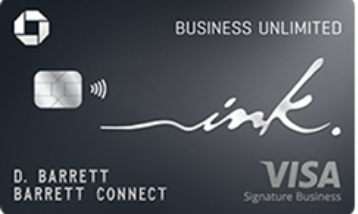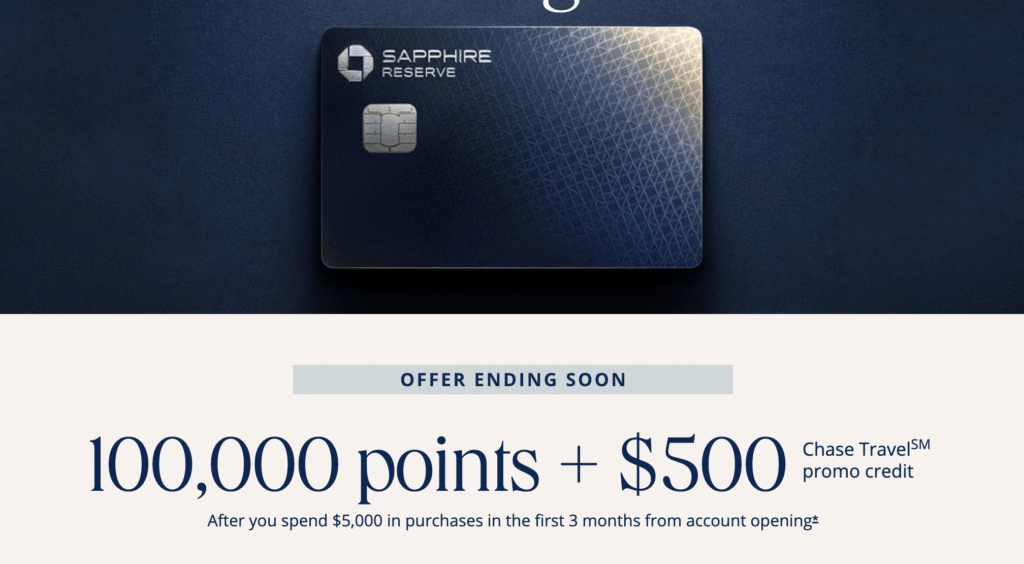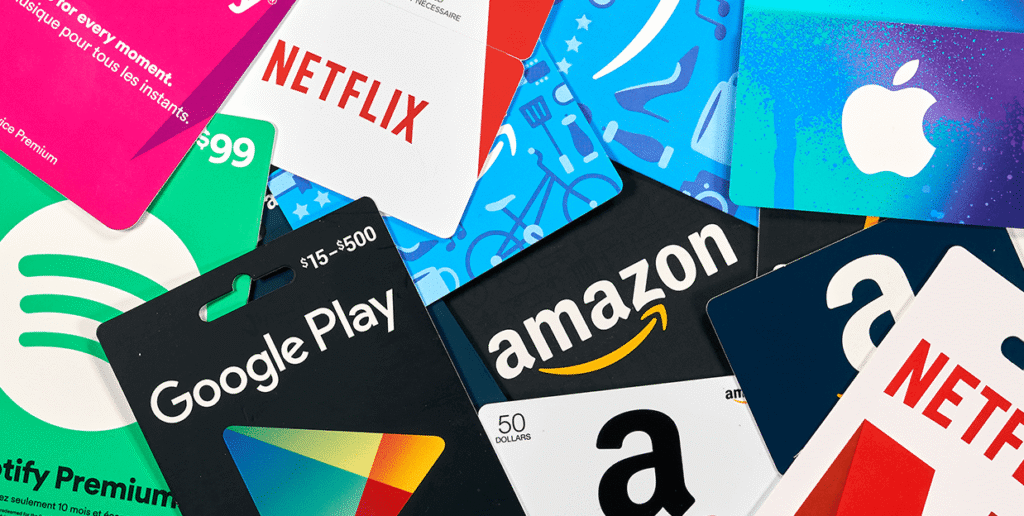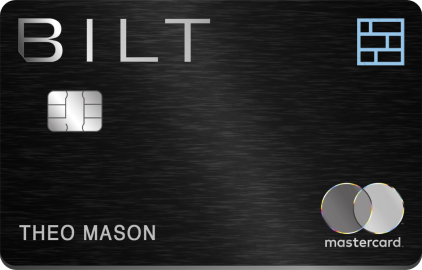
The Ultimate Guide to the Chase Ultimate Rewards Ecosystem: Maximize Your Points & Perks
The Chase Ultimate Rewards ecosystem is a powerhouse for earning and redeeming points, offering unmatched flexibility, elite transfer partners, and a suite of cards to supercharge your rewards. Whether you’re a casual spender or a travel enthusiast, Chase points are pure gold, delivering high-value redemptions for flights, hotels, and more. This guide dives deep into why Chase stands out, the must-have cards like the Chase Sapphire Preferred and Reserve, no-annual-fee options, the critical 5/24 rule, and strategies to stretch your points further. Plus, we’ll highlight premium perks like lounge access and travel credits that make Chase cards a game-changer. Let’s unlock epic rewards without the debt trap! 💳✈️
🌍 Why Chase Ultimate Rewards Shines
Chase Ultimate Rewards is a top-tier rewards program due to its versatility and value. Here’s why it’s a favorite among points enthusiasts:
- Elite Transfer Partners: Transfer points 1:1 to premium airline and hotel programs like United, Southwest, British Airways, Air Canada, Singapore Airlines, Virgin Atlantic, Emirates, World of Hyatt, Marriott, and IHG. For example, 15,000 points can book a $1,000+ Hyatt hotel night, yielding up to 6 cents per point [1].
- World of Hyatt Advantage: Hyatt’s fixed award charts let you redeem points for luxury hotels at predictable rates, unlike Marriott’s variable pricing, stretching your points further [2].
- Diverse Card Portfolio: From no-fee to premium cards, Chase offers options for every budget, with bonus categories like dining, travel, and office supplies to accelerate earnings.
- Transfer Bonuses: Periodic 20–30% bonuses when transferring to select partners boost value. Pro tip: Only transfer with a specific redemption planned, as airline miles can devalue [3].
- Instacart Perk: Select Chase cards offer 3–6 months of free Instacart+ membership ($99/year value) and up to $20/month in credits, with $0 delivery fees on orders over $35 and 5% back on pickups. Link by 12/31/27: Details.
💎 Chase Sapphire Preferred: The Essential Starter Card
The Chase Sapphire Preferred ($95 annual fee) is the go-to card for beginners and minimalists, balancing affordability with premium perks. It unlocks the full Chase ecosystem and offers a limited-time 100,000-point bonus ($1,250 value in Chase Travel) after spending $4,000 in three months. Apply: Link (I may earn a reward if approved).
Key Benefits
- 1.25x Travel Redemption: Points are worth 1.25 cents each in the Chase Travel Portal (e.g., 10,000 points = $125 for flights or hotels).
- $50 Hotel Credit: Annual credit for Chase Travel hotel bookings, reducing the effective fee to $45.
- Earning Power: 5x points on Chase Travel and Lyft (through March 2025), 3x on dining, online groceries (excluding Target, Walmart, wholesale clubs), and streaming, 2x on other travel.
- Transfer Partners: Unlock 1:1 transfers to elite partners like Hyatt and United, exclusive to premium cards.
- Perks: $10/month DoorDash credits ($120/year), 6 months free Instacart+ with $15/quarter credits ($60/year), trip cancellation insurance (up to $10,000/trip), no foreign transaction fees, and complimentary DashPass [4].
The $95 fee is easily offset by the hotel credit, DoorDash, and Instacart perks, making this card a steal for reward seekers.
🔥 Chase Sapphire Reserve: Premium Perks for Travelers
The Chase Sapphire Reserve ($550 annual fee) is designed for frequent travelers, with premium benefits that often outweigh the cost. It also offers a 60,000-point bonus ($900 value in Chase Travel) after spending $4,000 in three months.
Key Benefits
- $300 Travel Credit: Applies to any travel purchase (flights, hotels, tolls), reducing the effective fee to $250 [5].
- 1.5x Travel Redemption: Points worth 1.5 cents each in Chase Travel (e.g., 10,000 points = $150), a 25% boost over Preferred.
- Lounge Access: Priority Pass Select for 1,300+ global lounges (unlimited visits for cardholder and guests) and six Chase Sapphire Lounges, with five more opening soon [6].
- Earning Power: 10x points on Chase Travel hotels/cars, 5x on flights, 3x on dining and other travel.
- Credits & Protections: $20/month DoorDash and Instacart credits ($480/year total), $100 Global Entry/TSA PreCheck credit, primary rental car insurance, trip cancellation insurance (up to $10,000/trip), and concierge services [7].
Example: A $6,500 family trip to Israel costs 500,000 points with Preferred ($6,250 value, $250 short) but only 434,000 points with Reserve ($7,500 value, saving 66,000 points). The $780 in credits alone often offsets the fee.
🚀 No-Annual-Fee Cards: Turbocharge Your Earnings
Pairing a Sapphire card with no-annual-fee cards like Chase Freedom Flex, Freedom Unlimited, or Ink Business cards creates a point-earning machine. These cards maximize rewards on everyday and business spending, with points transferable to Sapphire for higher value.
Chase Freedom Flex
- Earnings: 5x points on rotating quarterly categories (e.g., groceries, Amazon, up to $1,500/quarter, max 7,500 points), 5x on Chase Travel, 3x on dining and drugstores, 1x elsewhere. Activate categories quarterly.
- Value: 7,500 points worth $93.75–$112.50 in Chase Travel with Sapphire. Apply: Link.
Chase Freedom Unlimited
- Earnings: 1.5x points on all purchases (no cap), 5x on Chase Travel, 3x on dining and drugstores.
- Value: 1.5x points worth 2.25% with Reserve (1.5×1.5¢) or 1.875% with Preferred, outshining many flat-rate cards. Apply: Link [8].
Chase Ink Business Cards
- Ink Business Cash: 5x points on office supplies, internet, cable, phone (up to $25,000/year per category), 2x on gas and restaurants ($25,000/year). Hack: Buy Visa gift cards at office stores for 5x points.
- Ink Business Unlimited: 1.5x points on all purchases, ideal for non-category spending.
- Perks: 90,000-point bonuses ($1,125–$1,350 value), Instacart credits ($20/month). No formal business required—side hustles qualify. Apply: Link [9].
⚠️ Master the Chase 5/24 Rule
The Chase 5/24 rule limits approvals if you’ve opened 5+ credit cards (from any issuer) in the past 24 months. It applies to Sapphire, Freedom, and Ink cards, making strategic planning crucial.
What Counts
- Personal cards, authorized user accounts, some business cards (e.g., Ink), and store cards.
- Exclusions: Mortgages, auto loans, or business cards not on personal credit reports.
How to Track
- Credit Reports: Check “date opened” on Experian, Equifax, or TransUnion via AnnualCreditReport.com.
- Spreadsheet: List cards opened in the last 24 months, noting dates they’ll fall off your 5/24 count.
- Tip: Apply for Chase cards early, as 5/24 locks you out even with excellent credit [10].
💰 Maximize Point Value: Redemption Strategies
Chase points are versatile, but their value depends on how you redeem. Here’s how to get the most bang for your buck:
1. Transfer to Partners (1.5–6¢/Point)
- Best Value: Transfer to Hyatt (e.g., 80,000 points for a $4,800 Park Hyatt Paris stay, 6¢/point) or United (60,000 points for a $2,500 business class flight, 4.2¢/point).
- Tip: Check award availability before transferring, as points can’t return [1].
2. Chase Travel Portal (1.25–1.5¢/Point)
- Preferred: 1.25¢/point (10,000 points = $125).
- Reserve: 1.5¢/point (10,000 points = $150). Ideal when partner awards are unavailable.
3. Apple Products (1.5–2¢/Point)
- Promos: 100,000 points for a $1,499 MacBook Pro or 50,000 for $249 AirPods Pro. Check the Chase portal monthly.
- Skip: If you don’t need Apple gear, save for travel.
4. Gift Cards & Cash (1–1.1¢/Point)
- Poor Value: 10,000 points = $100 gift card or cash. Use only if no travel plans and no discounted gift cards elsewhere (e.g., Raise.com).
5. Selling Points (1–1.4¢/Point, Risky)
- Last Resort: Sell via brokers for cash (e.g., 100,000 points = $1,200), but risks account freezes. Use trusted platforms.
🛠️ Building Your Chase Strategy
Your Chase strategy depends on your spending and goals:
- Low Spenders: Stick to Sapphire Preferred and Freedom Unlimited for simplicity and high-value redemptions.
- High Spenders: Add Sapphire Reserve, Freedom Flex, and Ink cards for bonus categories and massive sign-up bonuses.
- Business Owners: Ink Cash and Unlimited maximize office and general spending, even for side hustles.
- Pro Tips:
- Use apps like CardPointers to track bonus categories.
- Refer your spouse for Sapphire or other Chase cards to earn bonus points.
- Upgrade to Reserve for big trips, downgrade to Preferred to save on fees.
🚀 Key Takeaways
- Chase Ecosystem: Elite transfer partners, Hyatt’s fixed awards, and diverse cards make it a top rewards program.
- Sapphire Cards: Preferred ($95 fee) for beginners, Reserve ($550 fee) for travelers with premium perks like lounge access and $780 in credits.
- No-Fee Cards: Freedom Flex, Unlimited, and Ink cards boost earnings, with points transferable to Sapphire for higher value.
- 5/24 Rule: Stay under 5 new cards in 24 months to qualify for Chase cards.
- Maximize Points: Transfer to partners (1.5–6¢/point) or use Chase Travel (1.25–1.5¢/point) for best value; avoid gift cards or cash unless necessary.
💬 Join the Conversation!
What’s your Chase strategy—Sapphire Preferred or Reserve? Are you stacking Freedom or Ink cards? Share your tips or redemption wins in the comments! Ready to start? Grab the Chase Sapphire Preferred’s 100,000-point bonus ($1,250 value): Apply (I may earn a reward if approved). Follow @mileswithmarvin or join our WhatsApp group for more hacks! 🛒
Tags: #ChaseRewards #CreditCards #TravelHacks #PointsAndMiles #SmartSpending






